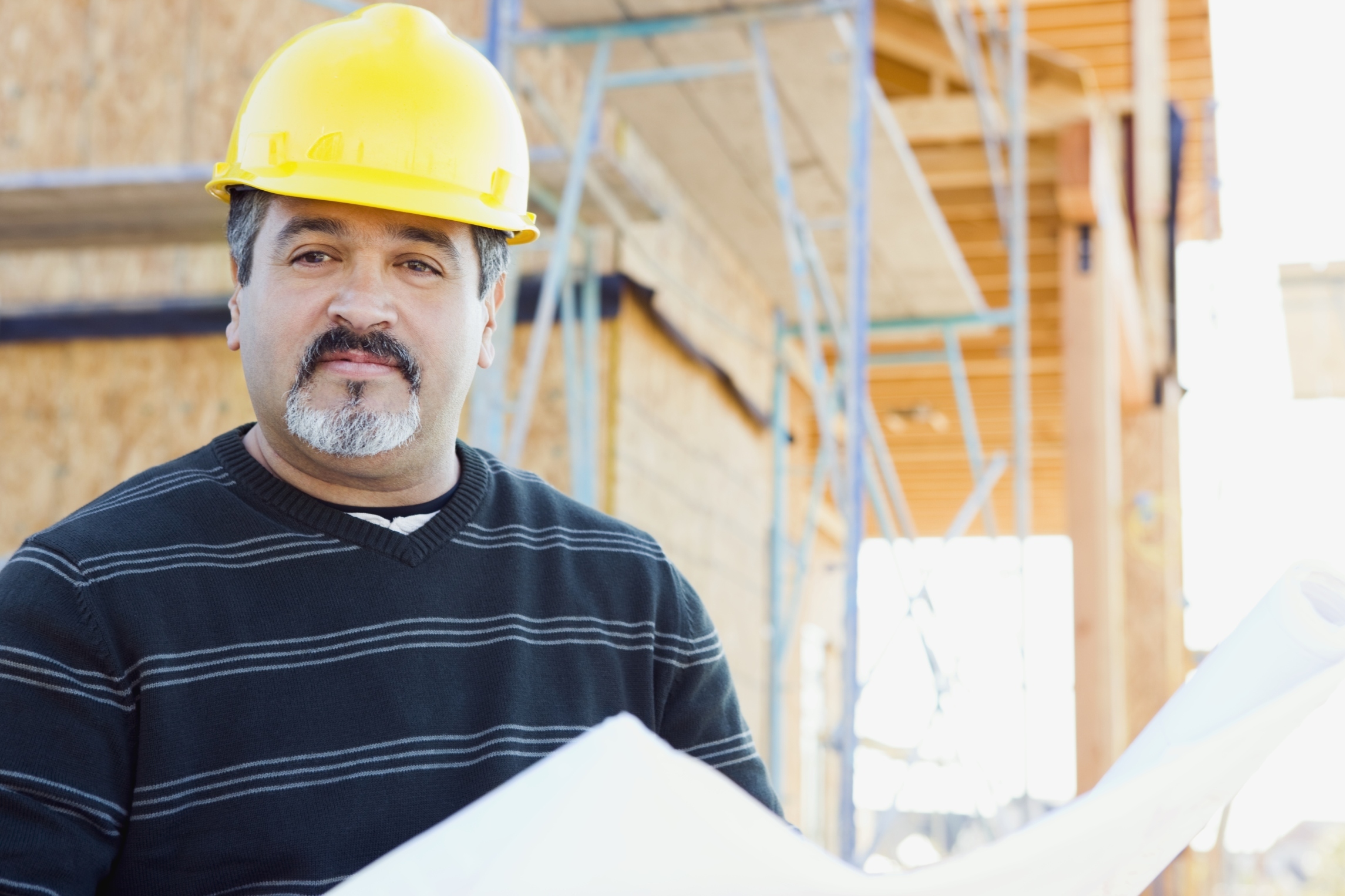Apart from providing sufficient compensation and benefit packages to employees, a top priority for companies should also be ensuring workers’ safety. No one can tell for sure when an accident, a natural disaster, or any other unforeseen event could take place.
It’s important to be prepared for these things by being aware of how to avoid such situations, and how to act in the event that they do occur. Below are some examples of the world’s worst disasters that happened in the workplace, from which workers and employers alike could learn from:
1. Coal dam explosion
In February 1972, 125 people were killed after one of Pittston Coal Company’s coal slurry impoundment dam explodes, which caused the leak of 175 million gallons of black wastewater. The incident caused 4,000 people to be homeless. It was reported that the dam had been inspected by a federal mine inspector just 4 days before the accident, and he proclaimed the dam to be “satisfactory.” Inspections should be conducted in the workplace regularly—in some, much more than others—and they should be done thoroughly and with integrity.
2. Oil refinery explosion
In July 1985, seventeen workers were killed in a fire after what turned out to be an explosion in an oil refinery. A worker at the Union Oil Company Refinery had seen vapors coming out from a tiny crack in a high-pressure gas-filled 100-foot tower. He tried to shut off the pressure valve but a spark had caused the ignition of the fumes. This caused an explosion that sent the 34-ton tank over 3.400 feet in the air and caused a big part of the refinery to be consumed by flames.
Check all equipment periodically, see that everything is in place. Replace those that need to be and also, make sure to educate workers on proper use and handling. They should also know the proper channels for reporting anything suspicious.
3. Chemical plant blast
In October 1989, 23 workers were killed after a series of explosions occurred. This followed a routine maintenance, which was done on the Phillips chemical plant’s polyethylene reactor next to the Houston Ship Channel. A large quantity of flammable gases had ignited and 314 were injured. It was determined afterwards that there had been a lack of process hazard analysis, as well as a badly maintained fire protection system, among other violations committed by the plant.
4. Trapped in fire locked doors
In September 1991, 25 workers died in an Imperial Foods chicken processing plant after an industrial fire trapped them inside fire locked doors. A faulty adjustment in the hydraulic line caused the fire. It was reported that the factory never went through a safety inspection in its 11 years of operation.
5. Gas explosion
In March 2005, a gas explosion occurred at a British Petroleum oil refinery causing fifteen people to die and 170 people to be injured. The blast was reported to have been caused by broken safety devices and poor working conditions.
6. Gulf of Mexico explosion
In April 2010, 11 workers were killed at an explosion at the Deepwater Horizon offshore drilling rig in the Gulf of Mexico. It was reported that the petroleum industry were aware about safety equipment issues in earlier incidents but it continued its operations anyway, resulting in people getting killed and 17 others being injured in what was the deemed as the largest oil spill in the petroleum industry’s history.
7. Mine explosion
In April 2010, a mine explosion killed 29 workers at the Upper Big Branch mine in Raleigh County, W. Va. The accident was deemed as the worst mining disaster in the U.S. since 1970. Massey Energy, the mine owner was reported to have violated many safety measures at the mine mentioned.
8. Carbon monoxide poisoning
In June 2010, two employees were found dead after buffing floors at a mental health outpatient facility at Top Notch Cleaners, LLC, Valley, Ala. using machines that produce propane gas. The two men were found dead the next morning after their night shift. The police who had showed up at the incident observed that they smelled gas upon entry of the building. The cause of the two men’s death had been reported as carbon monoxide poisoning, caused by insufficient ventilation.
9. Welding fire accident
In March 2010, a worker was fatally burned, dying a week later, after four contractors installed insulation on a new crude storage tank, welding the tank, and igniting a fire. The incident occurred at Northwest Insulation, Artesia, N.M. One worker who stayed on the tank had been burned to death while two were injured, and a fourth worker dies after more than a week. The cause of the accident is still being investigated.
10. Tank explosion
In July 2010, two workers were burned to death after the tank they were working on at Northeast Energy Management Inc., Cheswick, Pa. exploded, which caused the bodies of the two men to be thrown 60 feet away from the site. The incident had reportedly been the third for the company since an employee was severely burned in a similar explosion in 2007.
Learning about possible workplace disasters is not enough to prepare for future incidents. To secure the safety of workers in the workplace, companies should apply for health insurance for their employees to ensure that such accidents will not cripple the employees and the company financially. Of course, comply with legal laws and industry standards because failing to do so will only end up costing you more money than when you fulfil your obligations.
Author’s Bio
Ryan Del Villar is a content writer for Money Hero, Hong Kong’s leading online comparison portal. Ryan is also a freelance writer at Helm Word, an Online Reputation Management company.

